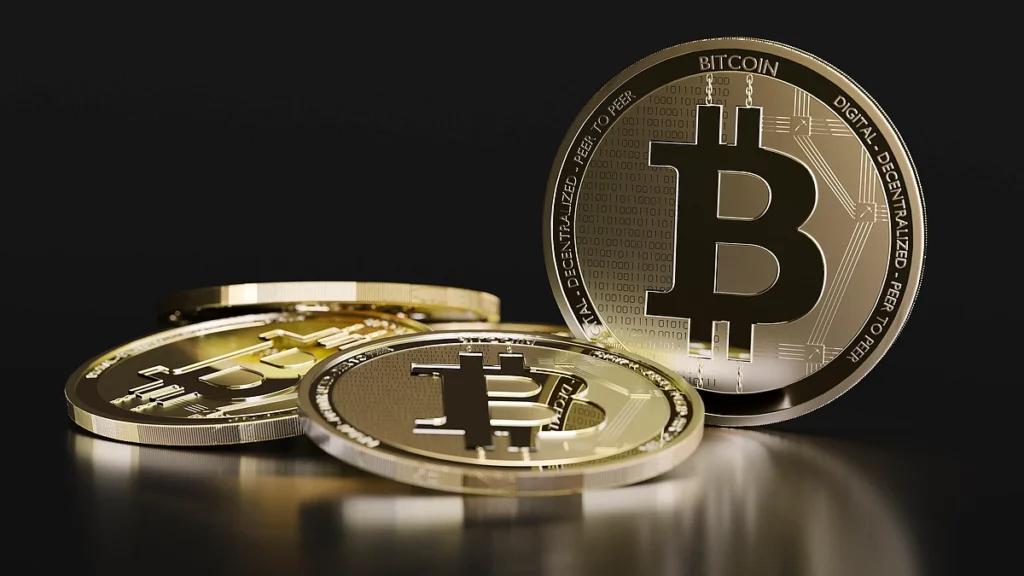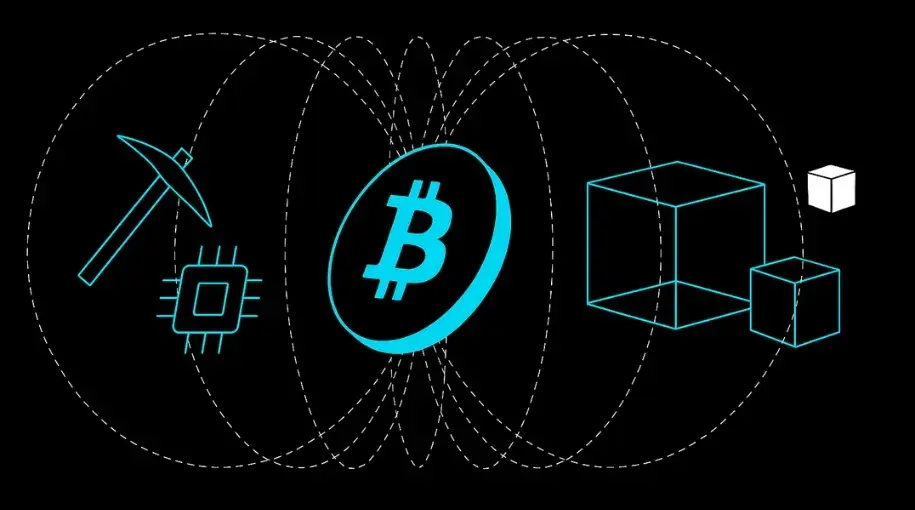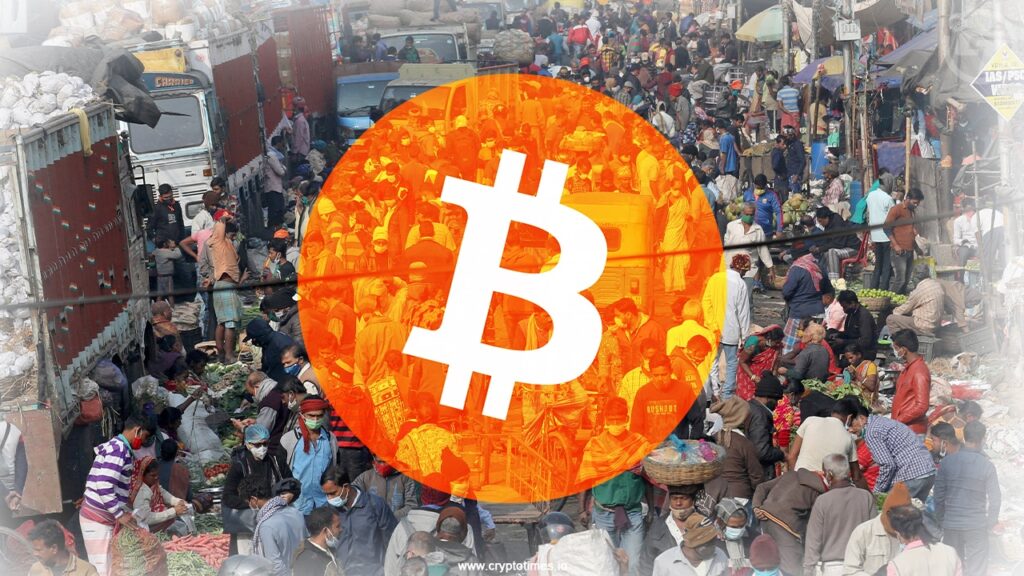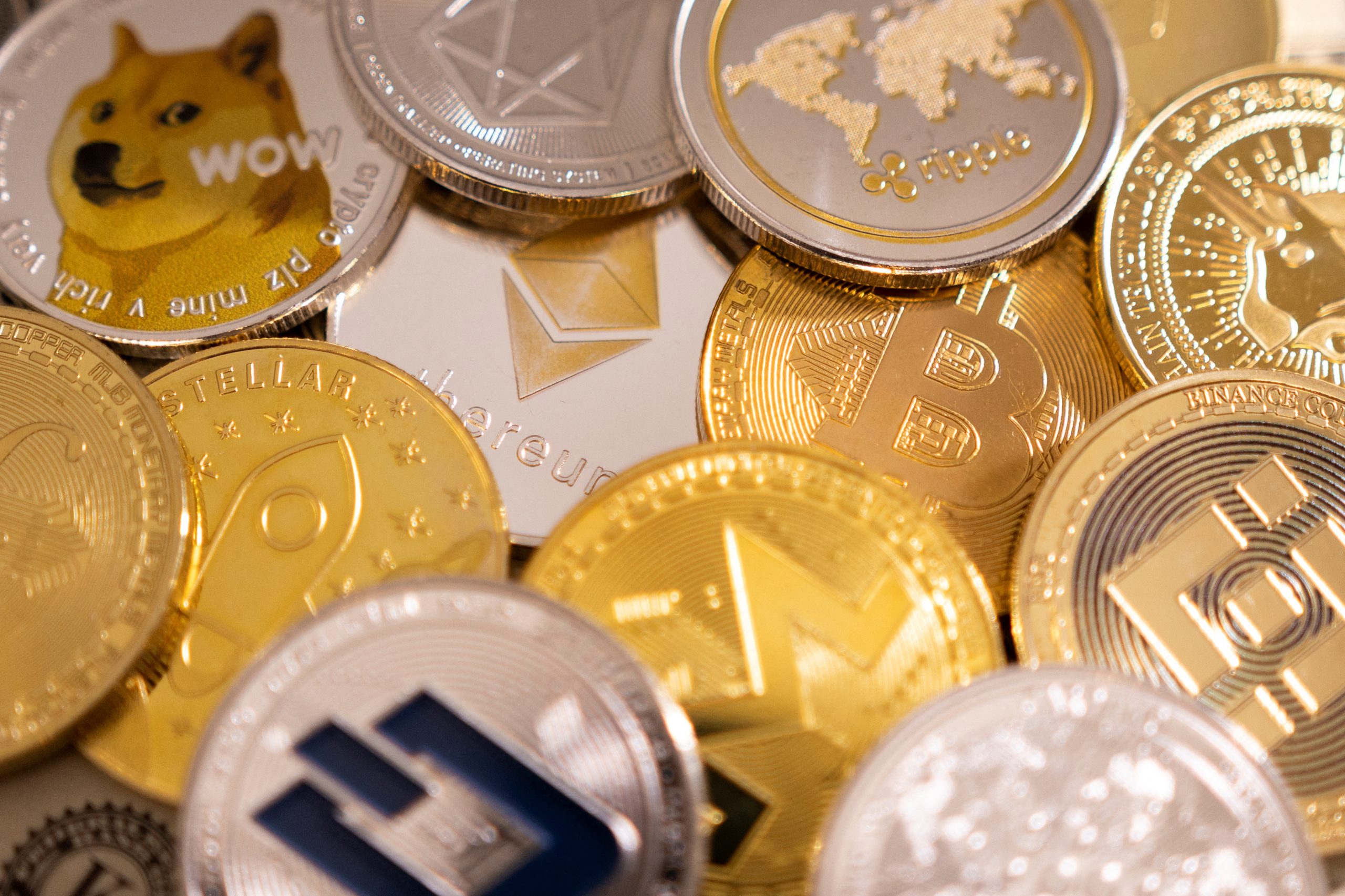Now Reading: Stablecoins Gain Ground: The Future of Everyday Transactions in India
-
01
Stablecoins Gain Ground: The Future of Everyday Transactions in India
Stablecoins Gain Ground: The Future of Everyday Transactions in India

Stablecoins, digital currencies pegged to stable assets like the US dollar, are increasingly being explored for daily transactions in India. As cryptocurrency adoption grows beyond investment, stablecoins offer a promising solution for businesses and consumers seeking faster, more reliable payment methods—especially in Tier 2 cities where digital payments continue to expand.
What Are Stablecoins and Why Do They Matter?
Unlike traditional cryptocurrencies that can be highly volatile, stablecoins maintain a steady value by being backed by assets such as fiat currency or commodities. This stability makes them more practical for regular use, from buying groceries to paying bills, without the risk of sudden price swings.
Growing Use Cases in India
Indian startups and merchants are beginning to accept stablecoins as payment, attracted by lower transaction costs and faster processing compared to traditional banking channels. For consumers, especially in smaller cities where banking infrastructure may be limited, stablecoins provide an accessible alternative for digital transactions.
Challenges to Adoption
Despite their advantages, stablecoins face regulatory uncertainty in India. The government is still shaping its approach, which causes hesitation among businesses. Additionally, awareness remains low in many Tier 2 markets, slowing wider acceptance.
Benefits for Tier 2 Cities
Stablecoins can boost financial inclusion by simplifying digital payments in regions where credit card penetration is low. They offer a way for local businesses to tap into the digital economy without depending heavily on banks, potentially accelerating economic activity.
Looking Ahead: What This Means for India
As stablecoins gain traction, regulatory clarity will be critical. Clear guidelines will encourage responsible adoption, helping integrate these digital currencies into the mainstream economy. For users across India, especially outside metro areas, stablecoins could reshape how daily transactions are conducted.
Conclusion:
The adoption of stablecoins for everyday transactions presents a significant opportunity for India’s digital payment landscape. With their stability and efficiency, stablecoins could bridge gaps in the current system, especially benefiting Tier 2 cities. The path forward depends on balanced regulations and growing awareness, setting the stage for a new chapter in India’s financial ecosystem.

























